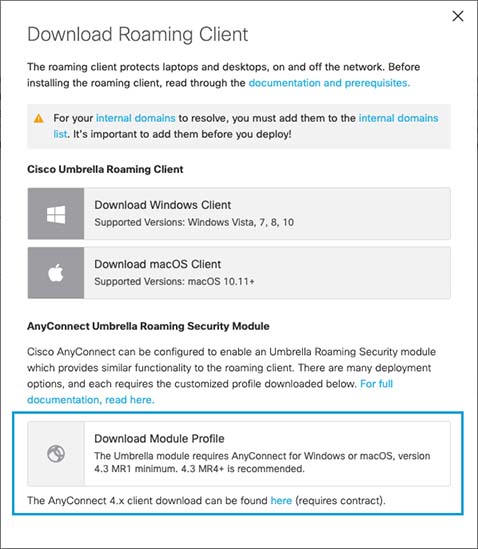Uninstall Cisco Web Security Mac

- Start the AnyConnect VPN Client. On OS X systems you should see the version on the bottom-right of the AnyConnect VPN Client window. On Windows and Linux systems you will need to click on the
[About]tab. - Check the latest version of the software available for your operating system in the VPN section of the IT Services software download page.
- If there is a higher version available for your operating system, download and install it and see whether that fixes the problem.
- Note that the version numbers shown on the downloads page may be shorter than the numbers shown on your computer. So long as the version on the downloads page matches the start of the version number on your computer then you are up to date. So a downloads page version number of 2.4.0 would match a version number on your computer of 2.4.0202. However if the downloads page shows 2.4.1and your computer shows 2.4.0202 then there is no match and the version on the downloads page is higher. So you should download the latest version and install it.
Cisco Webex’s security features are comprehensive. As a result, you can be confident your meetings are safe from harm and conducive to everyone’s productivity. Learn more about the security features of Cisco Webex. Webex, the leader in video conferencing. Try Cisco Webex Meetings for free today.
- Open the Kaspersky settings either from within the Kaspersky program (click on
[Settings]at the top right of the screen) or choose[Settings]from the menu that appears when you right-click on the Kaspersky icon near the clock. - On the
Settingswindow in the list on the left of the screen under[Options]click on[Threats and exclusions]. On the right-hand side of the screen, under theExclusionssection click onSettings... - In the window that appears click on the
[Trusted applications]tab and then onAddand select[Browse..]from the menu that appears. - Locate the
vpnagentprogram, which is normally in theC:Program FilesCiscoCisco AnyConnect VPN Clientfolder on My Computer. Selectvpnagentand click onOpen. - You should have a window titled Exlusions for application and showing VPN Agent Service at the top. Under the Exclusions section check the box against
[Do not scan network traffic]. Click onOK, thenOKagain and then once more to close the Settings window and apply the changes.
- Windows
- Open the
Control Panel(generally from the[Start]menu) and then openProgramsand thenPrograms and Features(Windows 7 and Vista) orAdd/Remove Programs(Windows XP). Find the entry forCisco AnyConnect VPN Client, select it and then click onUninstall(Windows 7 and Vista) orRemove(Windows XP) to uninstall the program. - OS X
- Open the
Applicationsfolder and then theCiscofolder and double-click onUninstall AnyConnectto start the uninstall process, then follow the prompts to uninstall the program. - Linux
- Open a terminal window and type the command
sudo /opt/cisco/vpn/bin/vpn_uninstall.sh. You will be prompted for your password.
- Your operating system version, e.g. Windows Vista with SP2, Mac OS X 10.5.2 etc.
- Your AnyConnect VPN Client version (to check this see the answer to the question Is your VPN client a current release? above)
- Your ISP (Internet Service Provider)
The VPN package is greyed out (as shown in the screen capture below) due to incomplete/unclean installation of VPN client.
Not working and a torrent of shit! If you have windows 7 ultimatum don't download it! 1st it will say that it can't find the ORIGINAL DISK. 2nd, ou put a crack in it, it won't work, 3rd, you try to uninstall it, YOU CAN'T! Bc of this torrent i got to reinstall my windows!!!!! The pirate bay se torrent 4611009 guitar hero iii dmg upload for mac pro.
To resolve the issue, please follow the steps below to remove the Cisco Anyconnect VPN client from your Mac OS X and re-install it again.
Note: If your Mac user account has no password (a blank password), you must give it a password before proceeding the procedures below. Please refer to Apple support site https://support.apple.com/en-hk/HT202860#knowpassword to change your password.

- From Finder menu, choose Go and then click Utilities.
- Click Terminal.app App.
- Type the following at the command prompt, press Enter, then enter Mac user account account password.
sudo pkgutil --forget com.cisco.pkg.anyconnect.vpn Play garry's mod for free.